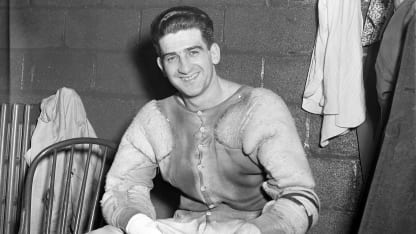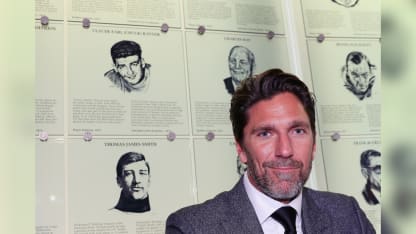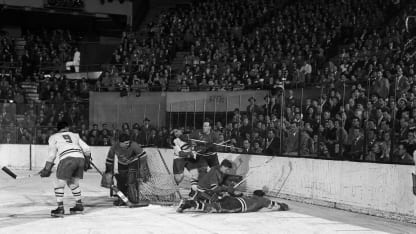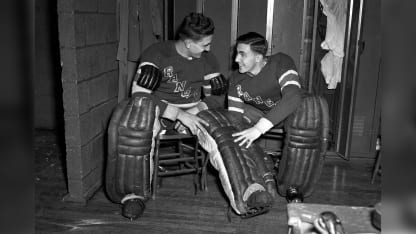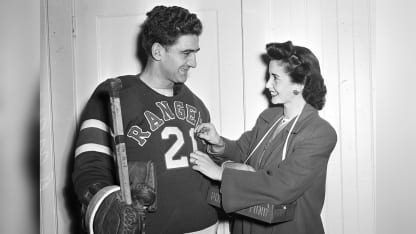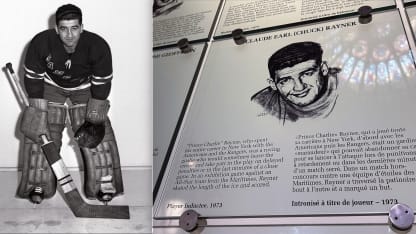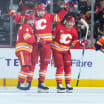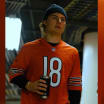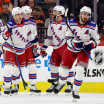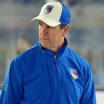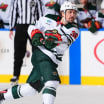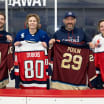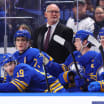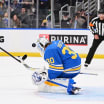TORONTO -- Henrik Lundqvist sat beaming at the front of the Esso Great Hall this month, wearing the new ring that officially welcomed him to the Hockey Hall of Fame.
Behind him, a few stick lengths to his right, was the backlit induction plaque of Claude Earl “Chuck” Rayner, the late Brooklyn Americans and New York Rangers goalie who had been enshrined 50 years ago this fall.
Their careers were separated by decades, but "King Henrik" and "Bonnie Prince Charlie" were Rangers stablemates, two of the 91 men who have played goal on Broadway. The bond is strong enough, in fact, that Lundqvist enthusiastically posed beneath Rayner’s plaque, his own having just been installed nearby among the six other inductees of the Class of 2023.
Lundqvist is the Rangers all-time lead in a number of statistical categories, including games played, games started, wins and shutouts, but Rayner isn't far off, ranking sixth in games played and started, seventh in wins, and tied for fifth in shutouts. From vastly different eras, their goals-against averages are separated by a little more than half a goal per game, with Rayner at 2.98 and Lundqvist at 2.43.
